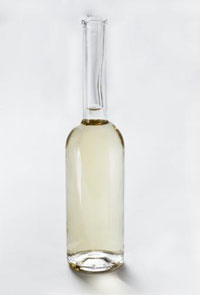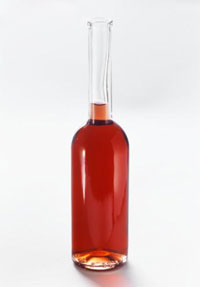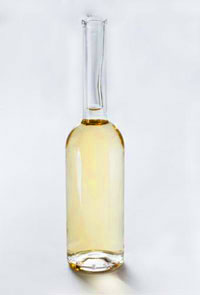 White Vinegar
White Vinegar
The raw material used is pure ethyl alcohol, good taste of 95/96 ° Gay-Lussac, and it can come from sugar cane, wine or cereal.
White vinegar is mainly used in the canning industry for bottling, pickled vegetables, condiments and others.
White vinegar is colourless, it smells of pure acetic acid and tastes strongly acid due to the complete absence of the ethereal smell typical of some volatile compounds.
In the industry, there is a large-scale production of white vinegar obtained by transforming ethyl alcohol from any agricultural origin and diluting it in acetic acid through the usual acetification process modes in the fast system.
 Wine vinegar
Wine vinegar
The raw material used to produce wine vinegar may be red, rosé or white wine.
Once the wine has entered the factory, it is denatured by adding 10% v/v wine vinegar, in the presence of the inspectors of the National Institute of Vitiviniculture (INV, for its acronym in Spanish) who shall take an official sample.
Vinegar is measured or marketed by its acidity which is expressed in acetic acid, the main component of the product after water.
Due to its organoleptic properties typical of the raw material used to produce it, wine vinegar is used for the manufacture of canned food, pickled vegetables, condiments, and bottling, among others.
 Apple Cider Vinegar
Apple Cider Vinegar
The process for producing apple cider vinegar resembles that for making wine vinegar.
In this case, the total acidity of the production process is lower since ciders have a lower level of alcohol than wines; thus, it is obtained apple cider vinegar of 5% acidity concentration approximately. This vinegar is then diluted to a 4% concentration for human consumption, in accordance with the Argentine Food Code.
Apple cider vinegar has an astringent taste and a smell that recalls its original fruit.
